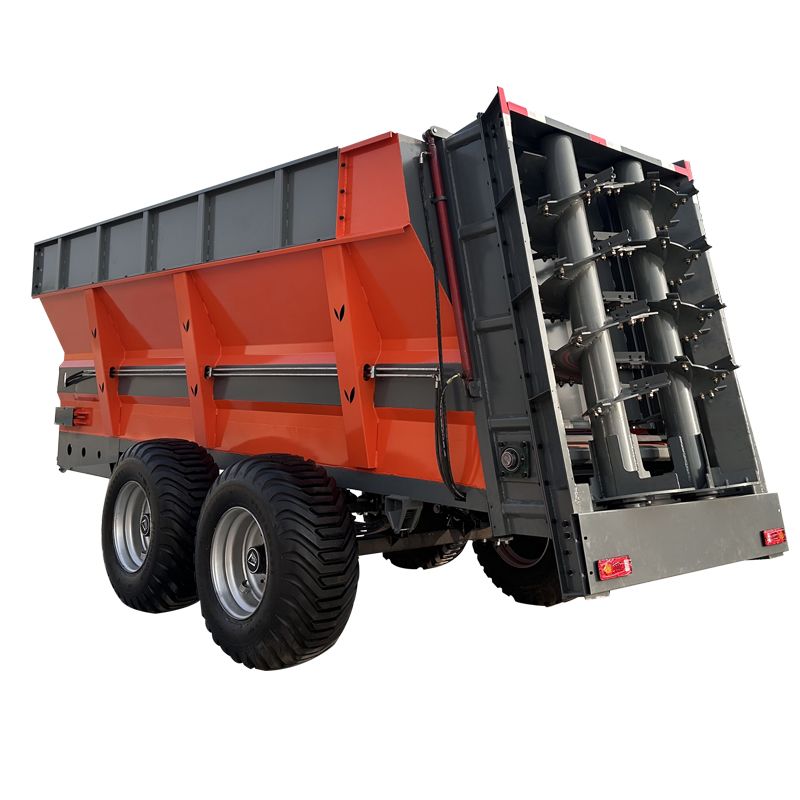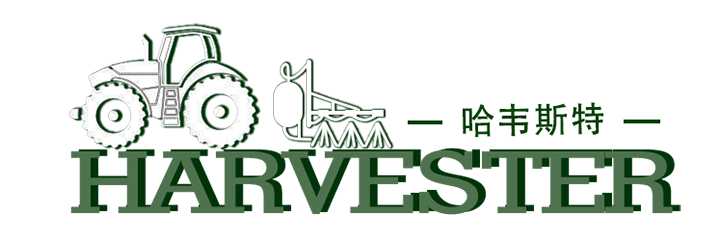Are there any regulations or permits needed to operate a Muck Spreader?
2024-10-30

What are the different types of Muck Spreaders?
There are three types of Muck Spreaders available in the market: Rear discharge spreaders, Side discharge spreaders, and Vertical-beater spreaders. Rear discharge spreaders are the traditional spreaders that have been around for many years, and they evenly distribute the manure as the beater paddles spin. Side discharge spreaders spread the manure from one side of the machine to the other, which can be beneficial for fields with tighter spaces. Vertical-beater spreaders can spread the manure more uniformly, farther, and higher than rear discharge spreaders.
What should be considered when choosing a Muck Spreader?
Some of the considerations for choosing the right Muck Spreader are the type of manure, the size of the spreader, the type of beater, and the scale of the operation. The key is to ensure that the Muck Spreader has an appropriate load capacity for the farm's size and that it can distribute the manure evenly on the fields.
Are there any permits needed to operate a Muck Spreader?
Yes, depending on the state or county, there might be government regulations in place that require permits for the transportation or application of manure. Regulations may require farmers to take measures to reduce runoff or obtain permits for manure application based on the size of the operation and specific environmental factors. It is essential to follow the regulations to avoid fines or other penalties.
What are the benefits of using a Muck Spreader?
Muck Spreader can help farmers maximize the use of manure and reduce synthetic fertilizer costs, which can lead to healthier soil and improved crop yields. It can also help reduce odors and flies around the farm, leading to healthier and more sanitary conditions for animals and staff members. In essence, with Muck Spreader, farmers can turn what was formerly waste into a valuable resource.
In conclusion, Muck Spreader is an integral part of the agricultural industry that can help farmers optimize their crops' growth and reduce operating costs. It is essential to follow the regulations and codes of practice when using Muck Spreaders to ensure that they are used appropriately and safely.
Baoding Harvester Import And Export Trading Co., Ltd is a leading provider of agricultural machinery and equipment. Our mission is to provide farmers with cutting-edge machinery that can help them maximize their farm's productivity and profitability. Visit https://www.harvestermachinery.com to learn more about us and our products. For inquiries or further information, contact us at Catherine@harvestermachinery.com.
10 References:
Peng, C., Chen, J., & Jiang, G. (2012). Effects of manure digestate application on corn yield, nutrient uptake, soil test phosphorus and nitrogen, and phosphorus and nitrogen balance in Northeast China. Nutrient cycling in agroecosystems, 93(2), 167-178.
Wander, M. M. (2006). Soil biology and agriculture in the tropics. Oxford University Press, USA.
Mano, Y., Omatsu, T., Itoh, K., & Yamada, T. (2006). Utilization of swine excreta compost as organic fertilizer in grass-forage production. Soil Science and Plant Nutrition, 52(6), 795-801.
Goto, M., Osada, T., & Nishimura, T. (2013). Long-term effect of cattle manure on soil productivity and quality in the Japanese Andisol. Soil Science and Plant Nutrition, 59(4), 552-569.
Barraclough, P. B., & Weir, A. H. (1988). Soil nutrient cycling in relation to soil preservation and fertility. Transactions of the 14th International Congress of Soil Science (Kyoto, Japan), 3, 15-27.
Sánchez-Monedero, M. A., Cayuela, M. L., Roig, A., & Hanley, K. (2010). A review of the use of composted municipal solid waste in agriculture. Agriculture, Ecosystems & Environment, 134(1-2), 1-17.
Cochran, R. L., & Elliott, H. A. (1991). Soil loss and water quality as affected by animal waste application on a loamy sand. Transactions of the ASAE, 34(3), 1230-1235.
Russelle, M. P. (1992). The nitrogen and phosphorus balance approach to defining agroecosystem sustainability. Agroecology and small farm development, 31-44.
Karimi, M., Mehdipour, Z., Arjmandi, R., & Ghorbani, M. (2017). Nitrogen fate from application of cow manure as a source of fertilizer to soil sampled from dryland. International Journal of Plant, Animal and Environmental Sciences, 6(4), 219-224.
Khan, E., & Singh, A. (2019). Trends of crop residues utilization as livestock feed in Asia: An overview. Journal of Cleaner Production, 236, 117549.




